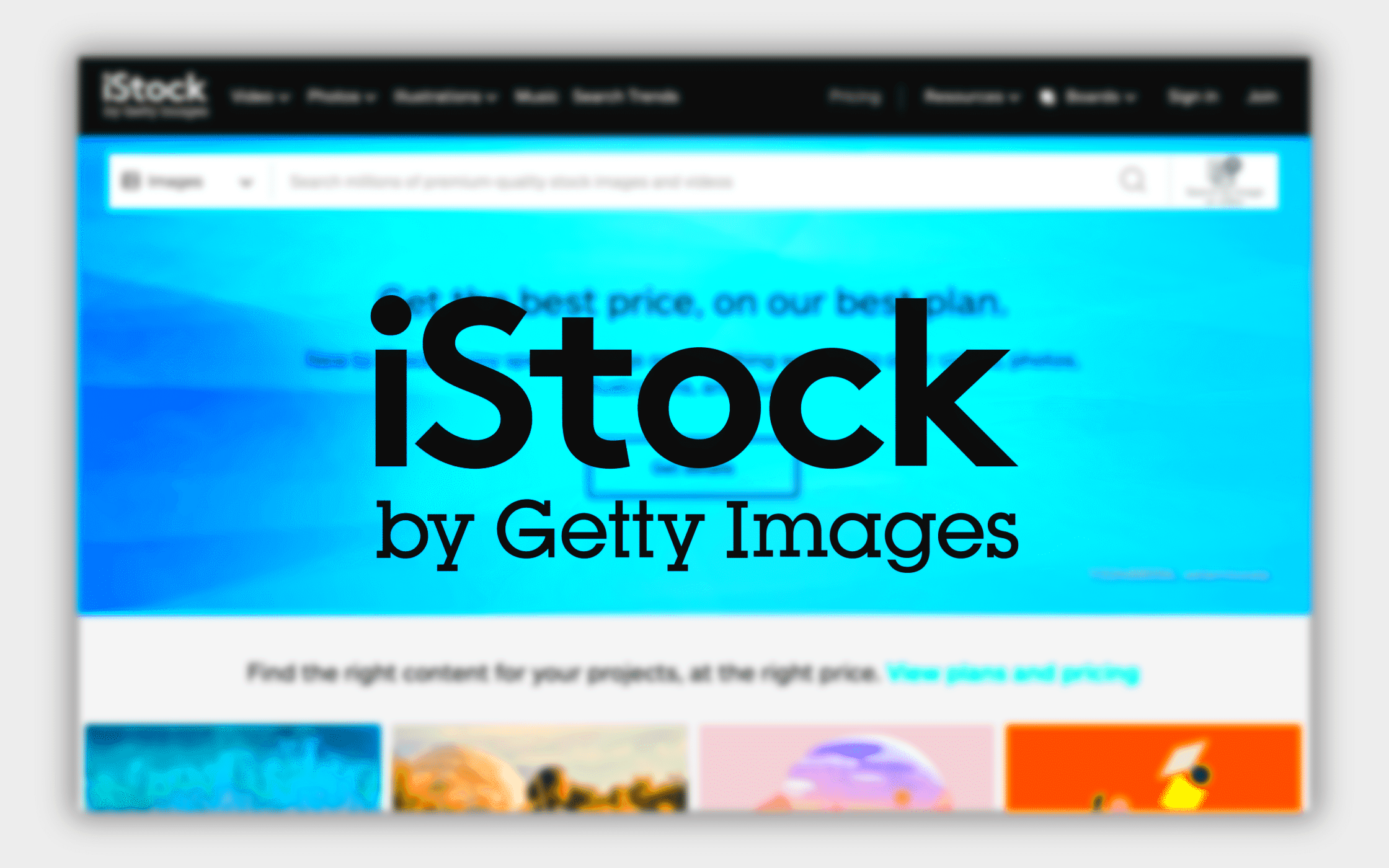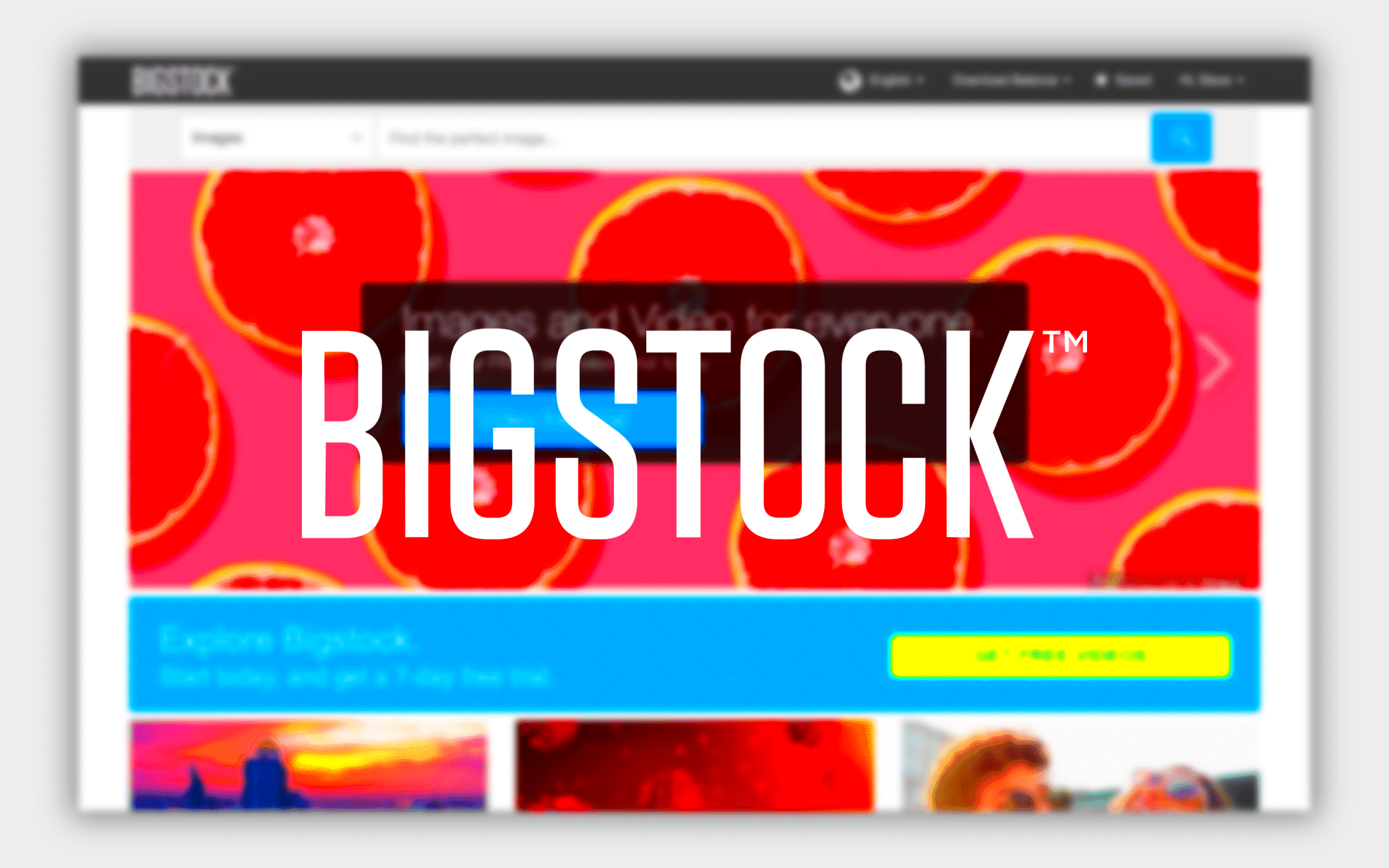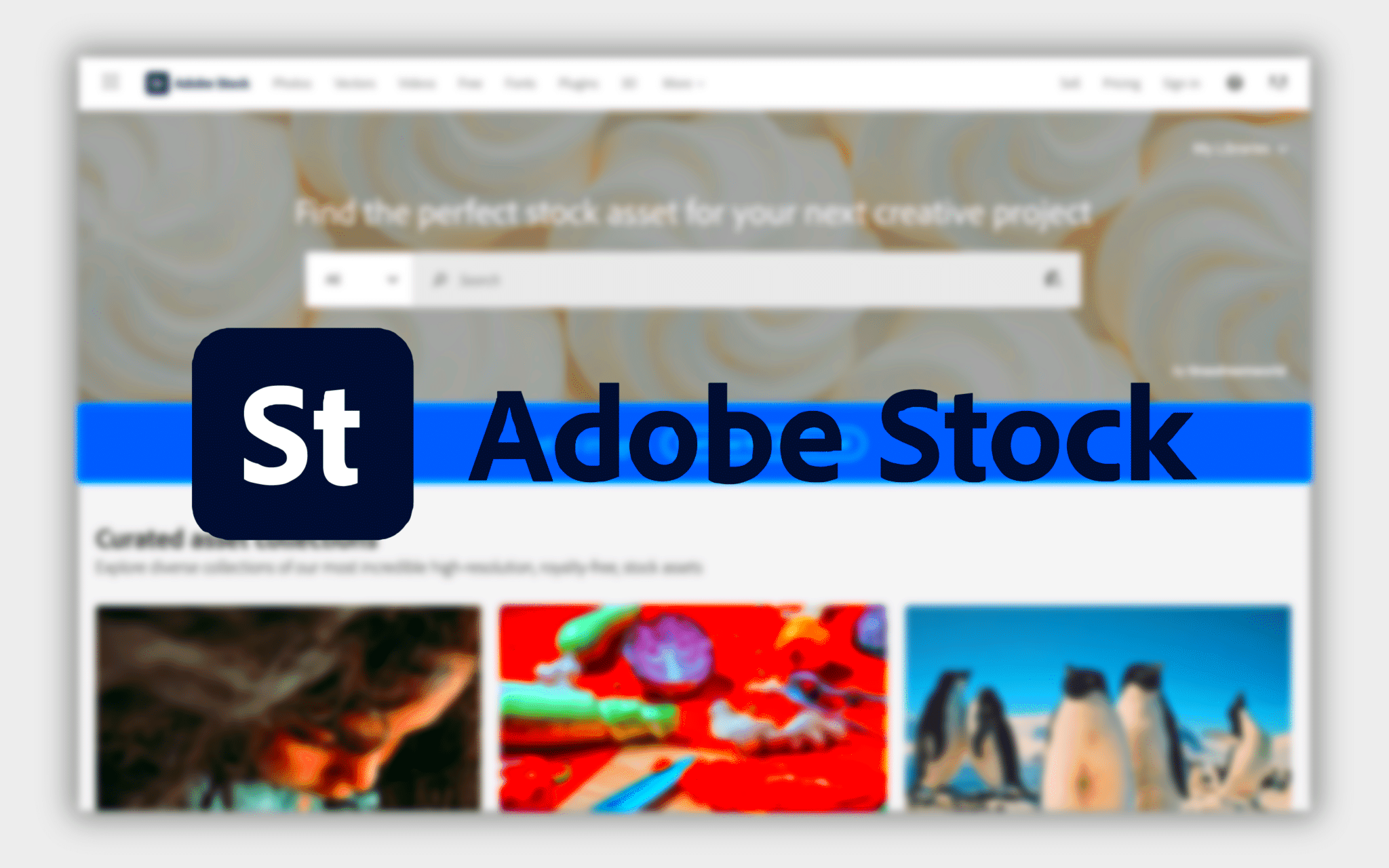Shutterstock has long been a popular choice for stock photos but there are other alternatives worth considering. In my experience with different creative endeavors I’ve discovered that exploring options can provide a new outlook and more customized solutions.Many of us seek alternatives to
Shutterstock not only for reasons but also to find something that aligns with our unique requirements. Whether you're a freelancer, a small business owner or simply someone wanting to add flair to a personal project these alternatives offer a range of styles pricing models and licensing agreements that may better cater to your preferences.Think about this I was in a situation where I needed a particular type of image for a clients project and the usual
Shutterstock collection just wasn't enough. Thats when I began looking into different platforms and stumbled upon some hidden treasures. These experiences really emphasize the importance of being open minded and considering alternatives.
Popular Alternatives to Shutterstock

If you're looking for options besides
Shutterstock it's good to be aware of platforms that are worth exploring. Here are a few of the top choices.
- Adobe Stock: Known for its integration with Adobe Creative Cloud, Adobe Stock offers a vast collection of high-quality images and videos. It's ideal for those already using Adobe products.
- iStock: With a diverse range of images and flexible pricing options, iStock is great for both small and large projects. Their credit-based system can be beneficial for occasional use.
- Dreamstime: Dreamstime provides a wide array of stock photos and illustrations, often at more competitive prices. They also offer a generous selection of free images.
- Depositphotos: This platform boasts a large collection of images and affordable subscription plans, making it a solid choice for regular use.
- 123RF: Offering both images and audio, 123RF is versatile and caters to various creative needs, often with attractive pricing plans.
Every platform comes with its own set of features and advantages. The decision rests on what suits your particular needs the most.
Comparing Pricing and Licensing Options

Its important to grasp how the pricing and licensing works on various stock image platforms. Allow me to share my insights on this matter.
| Platform | Pricing Model | Licensing Options |
|---|
| Adobe Stock | Subscription or credit packs | Standard and extended licenses |
| iStock | Credits or subscription | Standard, extended, and exclusive licenses |
| Dreamstime | Pay-as-you-go or subscription | Royalty-free and extended licenses |
| Depositphotos | Subscription or on-demand | Standard and extended licenses |
| 123RF | Credits or subscription | Standard and extended licenses |
Through my experiences, I've come to realize that choosing the pricing approach can greatly impact budget management. For one off projects a pay as you go option may be more cost effective while a subscription could prove advantageous for ongoing requirements. The terms are also important as certain platforms provide more flexibility, which can be vital based on your intended usage of the images.
Quality and Variety of Images Across Different Platforms
Selecting a stock image platform can greatly impact the success of your project in terms of image quality and diversity. Based on my experiences I've noticed that various platforms showcase distinct styles and areas of expertise. For example some websites may shine in offering artistic high resolution visuals while others lean towards a more conventional or utilitarian selection of images.
Here's a brief rundown of what I've noticed.
- Adobe Stock: Known for its exceptional quality and diverse range of images. Whether you need striking visuals for a marketing campaign or subtle backgrounds for a presentation, Adobe Stock has a robust library.
- iStock: Offers a good mix of high-quality images with a range of styles. Their curated collections can be particularly useful if you’re looking for a specific aesthetic.
- Dreamstime: Provides a wide variety of images, from everyday snapshots to more niche categories. It’s a great platform if you need something unique or specific.
- Depositphotos: Their library is extensive, and the quality is generally high. It’s a reliable choice if you’re looking for a balance between quality and affordability.
- 123RF: Offers a diverse collection that caters to various needs. The quality is decent, making it a good option for budget-conscious projects.
Based on my own observations I believe it’s beneficial to check out different platforms to discover the one that suits your requirements best. You never know you might stumble upon exactly what you need with just a click on a website you haven’t explored yet.
Ease of Use and User Experience
Searching for the ideal picture goes beyond just what it shows; the journey to finding it is important as well. Through my experiences with different projects I’ve discovered that how user friendly a platform is and the overall experience can differ significantly.
Here’s how different platforms stack up:
- Adobe Stock: The integration with Adobe Creative Cloud makes it incredibly easy for users of Adobe products. The search functionality is intuitive, but it can be a bit overwhelming if you're not familiar with Adobe's ecosystem.
- iStock: User-friendly with a clean interface. The search filters are handy for narrowing down your options, and the website is generally straightforward.
- Dreamstime: While the site offers a lot of features, it can sometimes feel cluttered. However, the advanced search options are helpful for finding exactly what you need.
- Depositphotos: The platform is easy to navigate with a simple, straightforward interface. Search functions are effective, making it a good choice for users who want a hassle-free experience.
- 123RF: The interface is user-friendly, though some features might not be as polished as those on Adobe Stock. Still, it’s functional and gets the job done.
I recommend testing out different platforms to find the one that aligns with your work style. A seamless interface can greatly impact the speed and effectiveness with you finish your tasks.
Customer Support and Resources
When it comes to using stock image platforms having customer support and helpful resources can make a big difference. Based on my own experience having assistance readily available can help transform a challenging situation into a more manageable one.
Here’s a glimpse of what each platform has to offer:
- Adobe Stock: Offers robust customer support with various contact methods, including chat and phone. Their help center is comprehensive, providing answers to most common queries.
- iStock: Provides good support through email and chat. They also have a detailed help center and community forums where users share tips and solutions.
- Dreamstime: Support is available via email and live chat. They have a decent help center, but response times can vary.
- Depositphotos: Offers email support and a knowledge base. The support is generally responsive, though some users might find it less detailed compared to others.
- 123RF: Provides email support and a resource center with FAQs and tutorials. While their support is adequate, it’s not as extensive as some of the other platforms.
From what I've seen excellent customer service is worth its weight in gold especially when it comes to sorting out licensing matters or tackling glitches. Before diving into a platform it's wise to explore their support choices to make sure you're adequately protected against any bumps along the way.
Pros and Cons of Each Alternative
When it comes to selecting a stock image platform it's important to carefully consider the advantages and disadvantages of each choice. Throughout my experience I've discovered that every platform has its own set of strengths and weaknesses and recognizing these nuances can assist you in making a well, informed choice.Here’s a breakdown based on my experience:
| Platform | Pros | Cons |
|---|
| Adobe Stock | - High-quality images and videos
- Seamless integration with Adobe Creative Cloud
- Extensive library
| - Higher cost compared to others
- Complex interface for beginners
|
| iStock | - Flexible pricing models
- Good variety of high-quality images
- Easy-to-navigate interface
| - Credits can be expensive
- Some images may be overused
|
| Dreamstime | - Competitive pricing
- Large variety of images
- Good selection of free images
| - Website can be cluttered
- Customer support can be slow
|
| Depositphotos | - Affordable subscription plans
- Extensive image library
- Easy-to-use platform
| - Quality can vary
- Limited support options
|
| 123RF | - Budget-friendly options
- Diverse image collection
- Simple interface
| - Quality may not always be top-notch
- Limited advanced features
|
In my experience with projects I’ve discovered that the most effective approach varies based on your individual requirements and financial considerations. It’s beneficial to try out a range of platforms to determine which one aligns best with your needs.
How to Choose the Right Platform for Your Needs
Selecting the perfect stock image platform might seem overwhelming at first, but with some helpful tips it gets easier. Drawing from my personal journey here are a few important aspects to keep in mind.
- Assess Your Budget: Determine how much you’re willing to spend. Platforms like Adobe Stock might be pricier but offer high quality and integration benefits, while others might be more budget-friendly.
- Consider Your Usage: Think about how often you’ll need images and for what purposes. If you’re working on regular projects, a subscription might be more cost-effective.
- Evaluate the Image Quality: Look at sample images and consider whether the platform’s quality meets your standards. Some platforms offer better resolution and variety.
- Check Licensing Options: Ensure the licensing terms align with your needs. Whether you need standard or extended licenses, make sure you understand what’s included.
- Try the User Experience: Test the platform’s interface to see if it’s intuitive and fits your workflow. A smooth experience can make a big difference in efficiency.
Through my own experiences I have come to realize that the platform suits your requirements and tastes. Its beneficial to invest time in researching and contrasting options to discover the ideal fit for your endeavors.
Frequently Asked Questions
When exploring various stock image sites it's normal to have inquiries. Drawing from frequently asked questions I've come across here are some responses to assist you.
What is the difference between standard and extended licenses?
- Standard licenses typically cover basic usage, such as in advertisements or websites. Extended licenses offer more flexibility, including the right to use images in products for resale.
Can I use stock images for commercial purposes?
- Yes, most platforms allow commercial use, but always check the licensing agreement to ensure compliance.
Are there any free alternatives to Shutterstock?
- Yes, platforms like Unsplash and Pixabay offer high-quality images for free, though their selection might be more limited compared to paid options.
How do subscription plans work?
- Subscription plans generally offer a set number of downloads per month or year at a fixed cost. This can be more economical for frequent use compared to pay-as-you-go options.
What should I do if I encounter issues with a downloaded image?
- Contact the platform’s customer support for assistance. They can help resolve issues related to licensing or image quality.
Finding your way through stock image websites can be challenging. However armed with the knowledge you need you can choose wisely and discover the most suitable materials for your endeavors.
Conclusion
With a plethora of stock image platforms to choose from selecting the one can be a daunting task. Based on my experience the key is to assess what aligns best with your requirements. Take some time to consider your budget, the level of quality and diversity in images you need as well as the user friendliness and customer support offered by each platform.Feel free to explore different options and make use of trials or sample images. In my own projects finding the right match often involves striking a balance, between cost effectiveness, convenience and excellence. By carefully weighing these aspects you'll be on your track, towards discovering a platform that enables you to create breathtaking visual content seamlessly.
 If you're looking for options besides Shutterstock it's good to be aware of platforms that are worth exploring. Here are a few of the top choices.
If you're looking for options besides Shutterstock it's good to be aware of platforms that are worth exploring. Here are a few of the top choices. Its important to grasp how the pricing and licensing works on various stock image platforms. Allow me to share my insights on this matter.
Its important to grasp how the pricing and licensing works on various stock image platforms. Allow me to share my insights on this matter.
 admin
admin








